
Urban Adaptations: Climate Pilots
401 Advanced Topics Studio
2020
Los Angeles is a sprawling city in the cultural imaginary, a city of neighborhoods scattered over a vast metropolitan region. As the city's many districts urbanized, resulting in the region's densification, open lands and agricultural landscapes were paved over. The image of a metropolitan parks system, imagined but never built, continues to inform visions for the city. Yet, Los Angeles has experienced a 'de-greening' throughout its history, even as pilot projects promise a climate-adaptive city. The city's iconic palm tree, a symbol of Los Angeles, provides little shade and few benefits associated with urban canopies. Nonetheless, neighborhoods rely on streets, vacant lots, productive gardens, small parks, and public building amenities, scattered throughout the city, to provide the many social benefits associated with public spaces. As in many American cities, shade is correlated to wealth and lower income neighborhoods are the hardest hit by rising temperatures. In this context, urban design holds potential to enhance the city's adaptive capacity, in both ecological and social terms.
This studio examined the 'de-greening' of Los Angeles as a consequence of urbanization and proposed equitable strategies to enhance shade, reduce heat, and improve connectivity at the street level. With attention to the public realm, landscape, and urban form, the studio focused architectural and urban design interventions, including a public building and productive landscape, as adaptive strategies within the city's ongoing environmental transformation.
Related Faculty |
Christina Tung, Helen Kongsgaard |
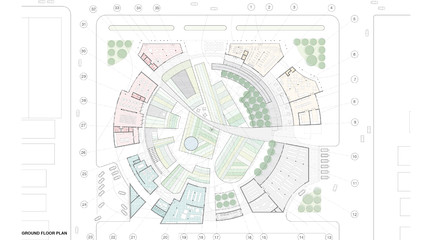

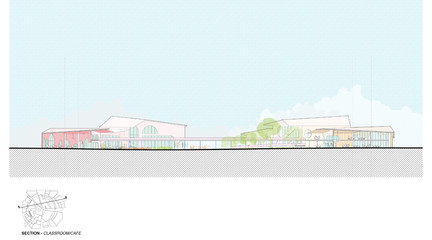
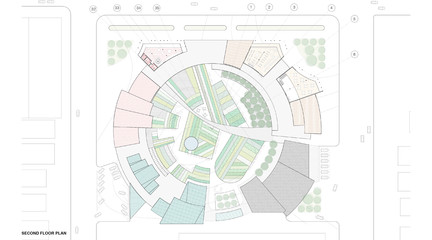
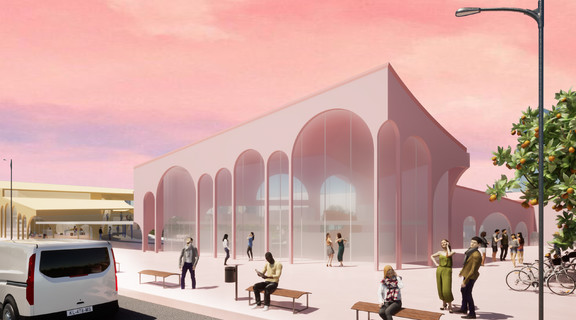
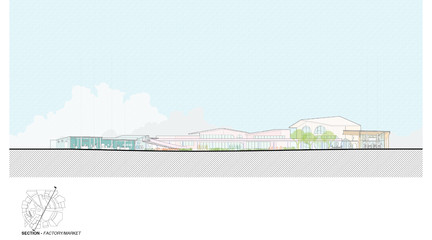
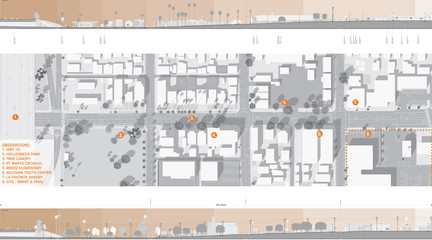
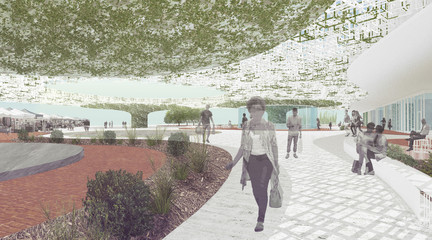
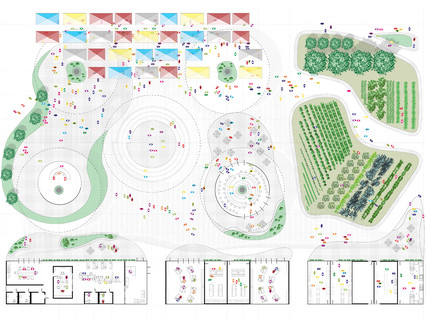
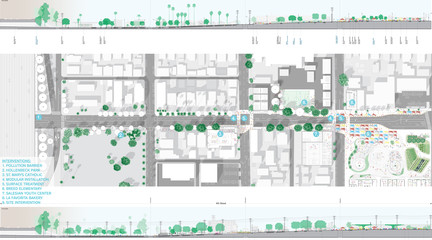

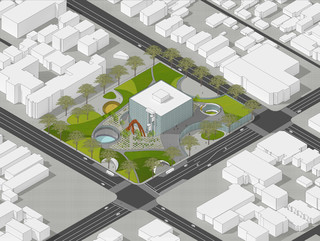
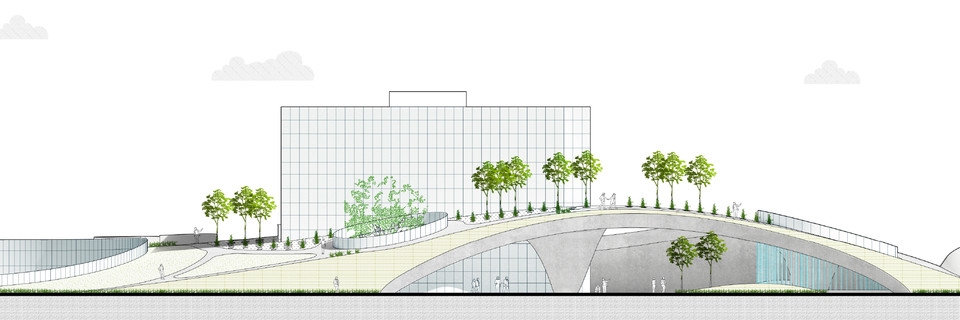

- Chieh-Ting Chuang
- Chieh-Ting Chuang
- Chieh-Ting Chuang
- Chieh-Ting Chuang
- Chieh-Ting Chuang
- Chieh-Ting Chuang
- Shany Albalak, Jacob Sertich
- Shany Albalak, Jacob Sertich
- Shany Albalak, Jacob Sertich
- Shany Albalak, Jacob Sertich
- Shany Albalak, Jacob Sertich
- Yu Han
- Yu Han
- Yu Han